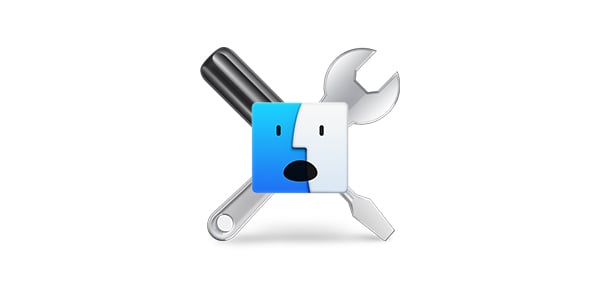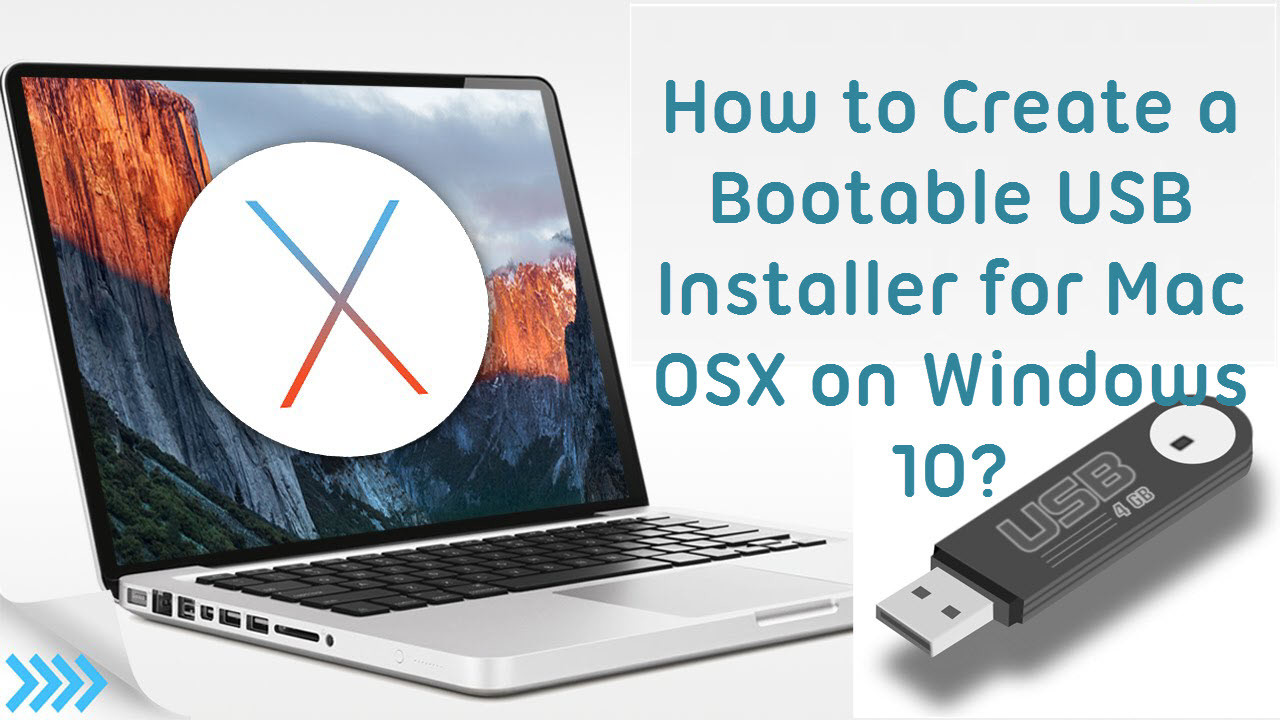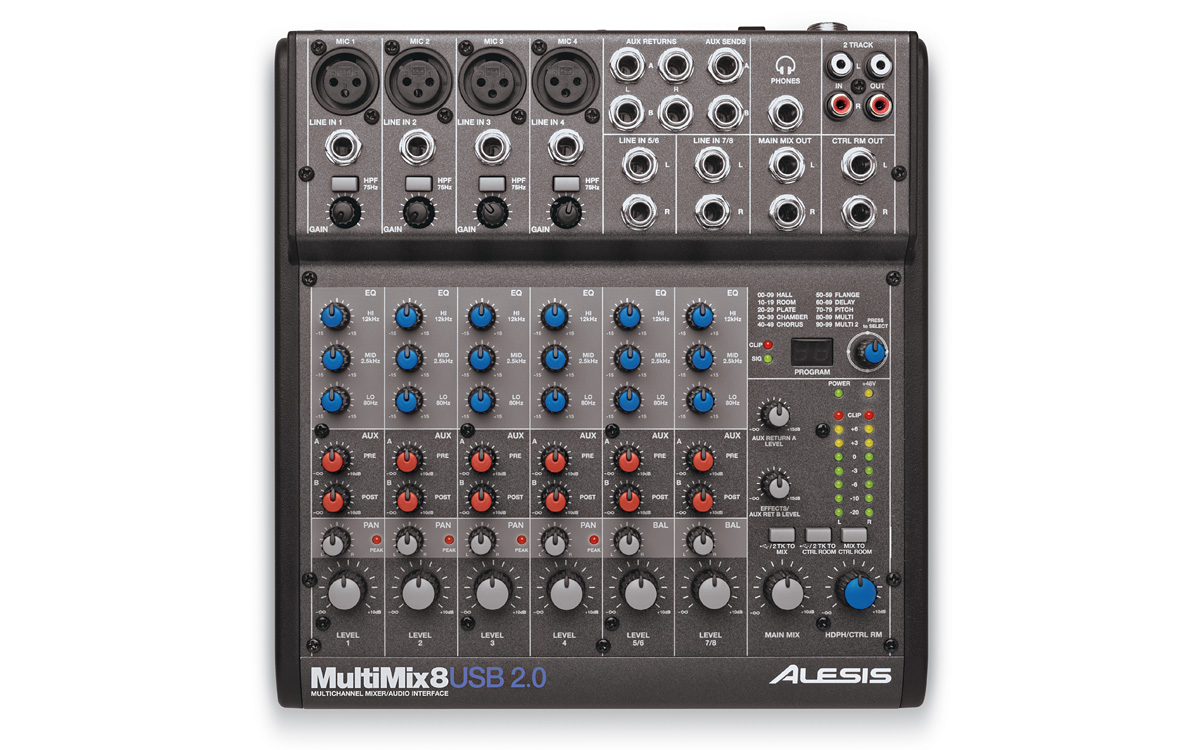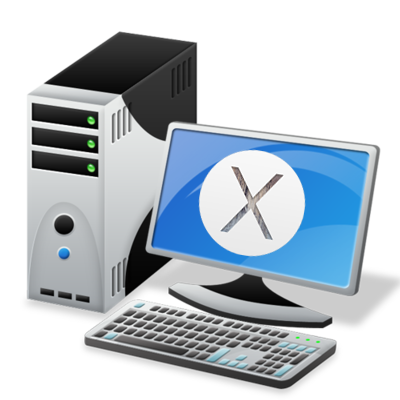The all now OS X 10.10 Yosemite is out now and its a free upgrade like Mavericks. It’s very simple task to upgrade an exsisting os to Yosemite with “App Store”. It’s actualy one click away from Yosemite. But if you need to install a fresh copy of Yosemite into your macbook, you will need either a DVD installer or a Bootable Yosemite installer.
Click on “OS X Yosemite”. Click on the “Show Package Contents” option. Download Apple Mac OSX 10.10 Yosemite on a Windows PC. The user will need to download the following Mac OS X Yosemite Download, UniBeast, and Multibeast. Also, id required then DSDT. Apple released the new Mac OS X 10.10 Yosemite in the Mac App Store for everyone to download and install for free on October 16th, 2014, but downloading a 5+ GB file for each of your computers will take some serious time. The best thing to do is download it once and create a bootable install USB drive from the file for all of your Macs.
If you open the new bootable drive in the Finder, you'll notice that it appears empty, other than the Install OS X Yosemite app. The boot files are hidden, and the installer app allows you to upgrade without booting from the drive if you don't need to. The instructions I found that worked, using Disk Utility, were located at How to Make a Bootable OS X Mavericks USB Install Drive and How to Create a Bootable Install USB Drive of Mac OS X 10.10 Yosemite. Download the Mac OS X 10.10 Yosemite. First, download the latest Mac OS X version, which is 10.10 Yosemite.
Mac Os X Bootable Usb
Why a fresh install
Many people says slow issues after upgrading to old version Mavericks. And after upgrading some of your already installed apps wont work. Keeping a USB installer drive is a good idea to use it for recovery or troubleshooting purposes. And if you have one bootable installer, you can use it with your other Macs to install the Yosemite. It really really helps you by avoiding downloading the Yosemite installer file in each Mac.
What to backup
Before you start installing Yosemite, you should backup all the important data to an external resource. Installing the OS X is a kind of formatting your Mac. The process will wipe out the entire Hard disk. And more thing, you done need to backup or note a product key like windows product key in your mac. Mac doesn’t ask any product key while installing. Your Apple hardware is the product key for all your OS X installations.
Make Os X Boot Usb
OS X Yosemite hardware requirements

You should check wether your current hardware is compatible with Yosemite. Minimum ram required for Yosemite is 2GB. But 4 GB or higher is recommended for best performance. A hard disk space of 40GB is recommended for installing Yosemite with ease. Please note your entire HDD will wipe out while installing the Yosemite.
- Macbook air late 2008 or later
- Macbook Pro mid 2007 or later
- Mac mini early 2009 or later
- iMac mid 2007 or later
- Mac Pro 9 early 2008 or later
Making a USB installer is an easiest task if you already downloaded the Yosemite installer “.App” file. For downloading the file you should go to the “App Store” and then select the “Updates” tab on the top right position. Click on the “free upgrade” option for downloading the Yosemite installer file. The app file size will be 5.16GB as i can see here. Now the installer file is downloading to the /Applications directory.
You need a 8GB or higher capacity USB pen drive which formatted as “Mac OS Extended (journaled)”
Prevent auto deleting the downloaded file

After completing the download you should copy the downloaded file from /Applications directory to somewhere (i.e. to desktop). Because the downloaded file will automatically delete after starting the automatic upgrade process. Make sure you copied to a different directory. The downloaded file name and extension should look like Install OS X Yosemite.app. Now you are not far from create bootable usb of yosemite.
Mac Os X Boot Disk
Create bootable usb of yosemite
Now all set for create bootable usb of yosemite. Here in my case, i copied the Yosemite installer file “Install OS X Yosemite.app” to my “Desktop”. And my 16gb USB drive name is “Sandisk” and its plugged to my Mac. Now open the terminal and execute one command to make the stuff.
NB: Make sure you give a different name for your USB drive than the your main HDD of your Mac.
Execute the below command to create bootable usb of yosemite. Done forget to change the directory names with yours.
sudo /Users/Sreekanth/Desktop/Install OS X Yosemite.app/Contents/Resources/createinstallmedia –volume /Volumes/Sandisk –applicationpath /Users/Sreekanth/Desktop/Install OS X Yosemite.app –nointeraction
Youtube url download. After 10 to 20 minutes your all new OS X Yosemite bootable USB installer will be ready.
For more about OS X Yosemite visit Apple
Bootable USB Installers for OS X Mavericks, Yosemite, El Capitan, and Sierra
First, review this introductory article: Create a bootable installer for macOS. Second, see this How To outline for creating a bootable El Capitan installer. Simply replace the Terminal command with the one from the preceding article by copying it into the Terminal window. You will need an 8GB or larger USB flash drive that has been partitioned and formatted for use with OS X.
Drive Partition and Format
- Open Disk Utility in the Utilities' folder.
- After Disk Utility loads select the drive (out-dented entry with the mfg.'s ID and size) from the side list.
- Click on the Erase tab in the Disk Utility toolbar. Name the drive, 'MyVolume'. <---- IMPORTANT!
- In the drop down panel set the partition scheme to GUID. Set the Format type to Mac OS Extended (Journaled.)
- Click on the Apply button and wait for the Done button to activate. When it does click on it.
- Quit Disk Utility.
Create Installer
Open the Terminal in the Utilities' folder. Choose the appropriate command line (in red) depending upon what OS X installer you want. Paste that entire command line from below at the Terminal's prompt:

Command for macOS High Sierra:
sudo /Applications/Install macOS High Sierra.app/Contents/Resources/createinstallmedia --volume /Volumes/MyVolume --applicationpath /Applications/Install macOS High Sierra.app
Command for macOS Sierra:
sudo /Applications/Install macOS Sierra.app/Contents/Resources/createinstallmedia --volume /Volumes/MyVolume --applicationpath /Applications/Install macOS Sierra.app
Command for El Capitan:
sudo /Applications/Install OS X El Capitan.app/Contents/Resources/createinstallmedia --volume /Volumes/MyVolume --applicationpath /Applications/Install OS X El Capitan.app
Command for Yosemite:
Create Mac Os Boot Usb
sudo /Applications/Install OS X Yosemite.app/Contents/Resources/createinstallmedia --volume /Volumes/MyVolume --applicationpath /Applications/Install OS X Yosemite.app
Command for Mavericks:
sudo /Applications/Install OS X Mavericks.app/Contents/Resources/createinstallmedia --volume /Volumes/MyVolume --applicationpath /Applications/Install OS X Mavericks.app
Download Mac Os Bootable

/use-disk-utility-bootable-os-x-yosemite-installer-2259935-4ce30a4b4c50412eaf3bd3a6255ff214.png)
Download Mac Os X Yosemite Usb Bootable
Os X Yosemite Download To Usb Adapter
Press RETURN. You will be asked for your admin password. It will not echo to the Terminal window. Then press RETURN again. Wait for the return of the Terminal prompt signifying the process has completed. It takes quite some time to finish. Be patient.
Mac Os X Boot Usb
Sep 13, 2018 1:16 PM
Update: Go to Install macOS Sierra Using Bootable USB Flash Drive if you want to install macOS 10.12 Sierra instead.
Update 2: The instructions below will work to manually create a Mac OS X 10.11 El Capitan USB installation drive. I needed to upgrade my sister’s 2008 Macbook Pro and found that the existing Mac OS X 10.6 Snow Leopard did not support the “createinstallmedia” tool; I got a “Failed to start erase of disk due to error (-9999, 0)” error. I followed the instructions below to successfully create a bootable installer for Mac OS X 10.11 El Capitan, which is the last version to support the 2008 Core 2 Duo Macbook Pro.
In this post, I will go over instructions on how to create a bootable USB flash drive containing the Mac OS X 10.10 Yosemite installer. These instructions will also work for Mac OS X 10.9 Mavericks (excluding a Yosemite-specific step) and differ significantly from the instructions for creating a Mac OS X 10.6 Snow Leopard installer. You will need an 8GB USB flash drive for Mac OS X Yosemite or Mavericks.
I tried several methods which failed to create a bootable USB flash drive before finding one that succeeded. The instructions I found that worked, using Disk Utility, were located at How to Make a Bootable OS X Mavericks USB Install Drive and How to Create a Bootable Install USB Drive of Mac OS X 10.10 Yosemite.
Download the Mac OS X 10.10 Yosemite
First, download the latest Mac OS X version, which is 10.10 Yosemite. It is the version currently available for download from the “App Store”. (If you want an earlier version like Mac OS X 10.9 Mavericks, you’ll need to get it from elsewhere.)
Launch “App Store” and search for “OS X Yosemite”. Download it. (It is 5.16GB in size.)
Note: If you run the Yosemite installer to upgrade your Mac, the downloaded installer file will be deleted automatically after the upgrade is completed. To keep that file, you will want to move it out of the Applications folder so it won’t be deleted after an upgrade. Launch the “Terminal” app and run this command to move the downloaded installer app to your user’s “Downloads” folder:
Create Bootable USB Flash Drive Installer
By default, the Finder will hide system files which we will need to see. Run these commands in the “Terminal” app to expose the hidden files:
Os X Yosemite Download To Usb Driver
defaults write com.apple.finder AppleShowAllFiles TRUE
# Close all Finder instances (and re-launch so settings take effect).
killall Finder
Prepare the USB flash drive:
- Plug in a USB flash drive of size 8GB or larger.
- Launch the “Disk Utility” to format the USB Flash drive.
- On the left-hand pane, select the USB drive (not the partition under it, if any).
- Click on the “Erase” tab, select “Mac OS Extended (Journaled)” for “Format” and input a name like “Install Yosemite” (or anything because this name will be overwritten later).
- Click the “Erase…” button at the bottom and then the “Erase” button in the popup dialog. This format operation should take less than a minute to complete.
Restore the Yosemite installation image to the USB flash drive:
- Launch the Finder and locate the “Install OS Yosemite.app” file. Right-click (hold the “control” key and click) on it and select “Show Package Contents”.
- Open Contents, then SharedSupport, and double-click on the InstallESD.dmg (disk image) file to mount it. A volume called “OS X Install ESD” will show up on the desktop and under DEVICES in the Finder.
- In the “OS X Install ESD” volume, right-click on the “BaseSystem.dmg” file and select “Open” to mount it. (Double-click won’t perform any action because it is a hidden file.)
- Use Disk Utility to clone the “BaseSystem.dmg” to the USB flash drive:
- Select the “BaseSystem.dmg” in the left-hand pane and click on the “Restore” tab. The “Source” field will be populated with “BaseSystem.dmg”.
- Drag the “Install Yosemite” partition under the USB flash drive to the “Destination” field.
- Click the Restore button and then the Erase button.
- The USB flash drive will be written with the contents of “BaseSystem.dmg” file. Depending on the speed of your USB flash drive, it may take several minutes or longer to complete this operation.
- Once complete, the “Install Yosemite” partition will be renamed to “OS X Base System”.
- Use the Finder to navigate to the USB flash drive. You will see two “OS X Base System” volumes in the Finder’s left-hand pane. The USB flash drive is the last one.
- Under the USB flash drive’s “OS X Base System” partition, open the “System/Installation” folder. You will see an alias file named “Packages”. Delete it because we will replace it with a “Packages” folder below.
- Use a second Finder window to open the “OS X Install ESD” volume. (To open a second Finder window, you can use the Finder menu’s “File/New Finder Window” command.)
- Copy the “Packages” folder from the “OS X Install ESD” volume to the USB flash drive’s “System/Installation” folder.
- Required for Yosemite (not required for Mavericks): Copy the “BaseSystem.chunklist” and “BaseSystem.dmg” files from the “OS X Install ESD” volume to the USB flash drive’s root “/” folder. If you don’t do this, you will get an “undefined error 0” when attempting to install Yosemite.
- The USB flash drive is now complete. You can use it to boot a Mac to install Mac OS X 10.10 Yosemite.
- Unmount all the Yosemite installer volumes by ejecting them; you must eject “OS X Base System” before “OS X Install ESD”.
Re-configure the Finder to hide system files. Run these commands in the “Terminal” app:
defaults write com.apple.finder AppleShowAllFiles FALSE
# Close all Finder instances (and re-launch so settings take effect).
killall Finder
Boot With USB Flash Drive
To boot a Mac with the USB flash drive:
- Insert the USB flash drive.
- While holding the “option/alt” key down, turn on the Mac to display the boot Startup Manager.
- You should see one or two icons, one for the internal hard drive and/or another called “OS X Base System” for the USB flash drive. (The internal hard drive may not be visible if it does not have a bootable partition installed.)
- Note: If you don’t see the USB flash drive’s “OS X Base System”, try removing and re-inserting the USB flash drive while viewing the Startup Manager screen. The USB flash drive should then appear after a few seconds.
- Select the “OS X Base System” and hit the “return/enter” key to boot from the USB flash drive.
Hopefully, this post will help you to create your own bootable USB flash drive installer for Mac OS X 10.10 Yosemite or Mac OS X 10.9 Mavericks.